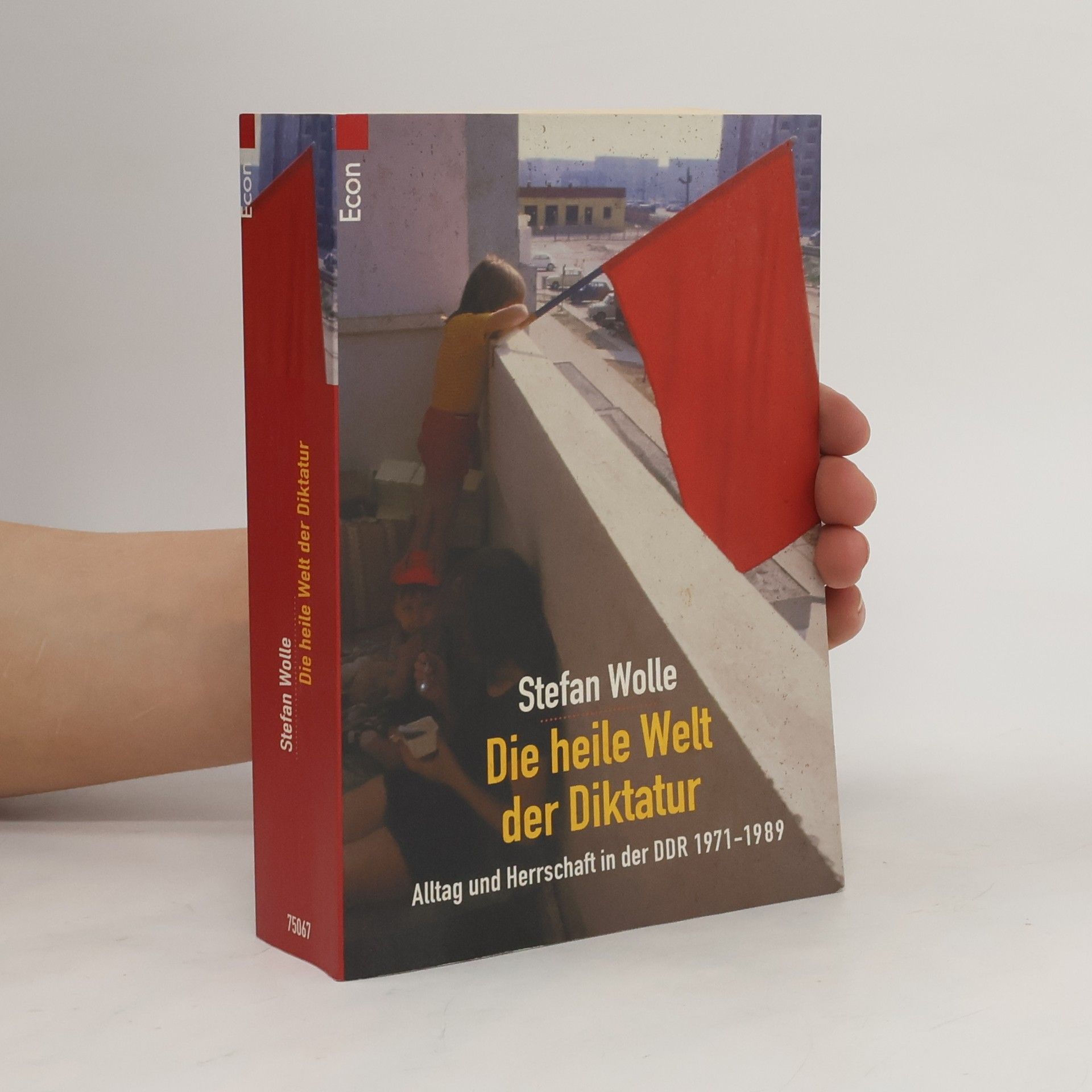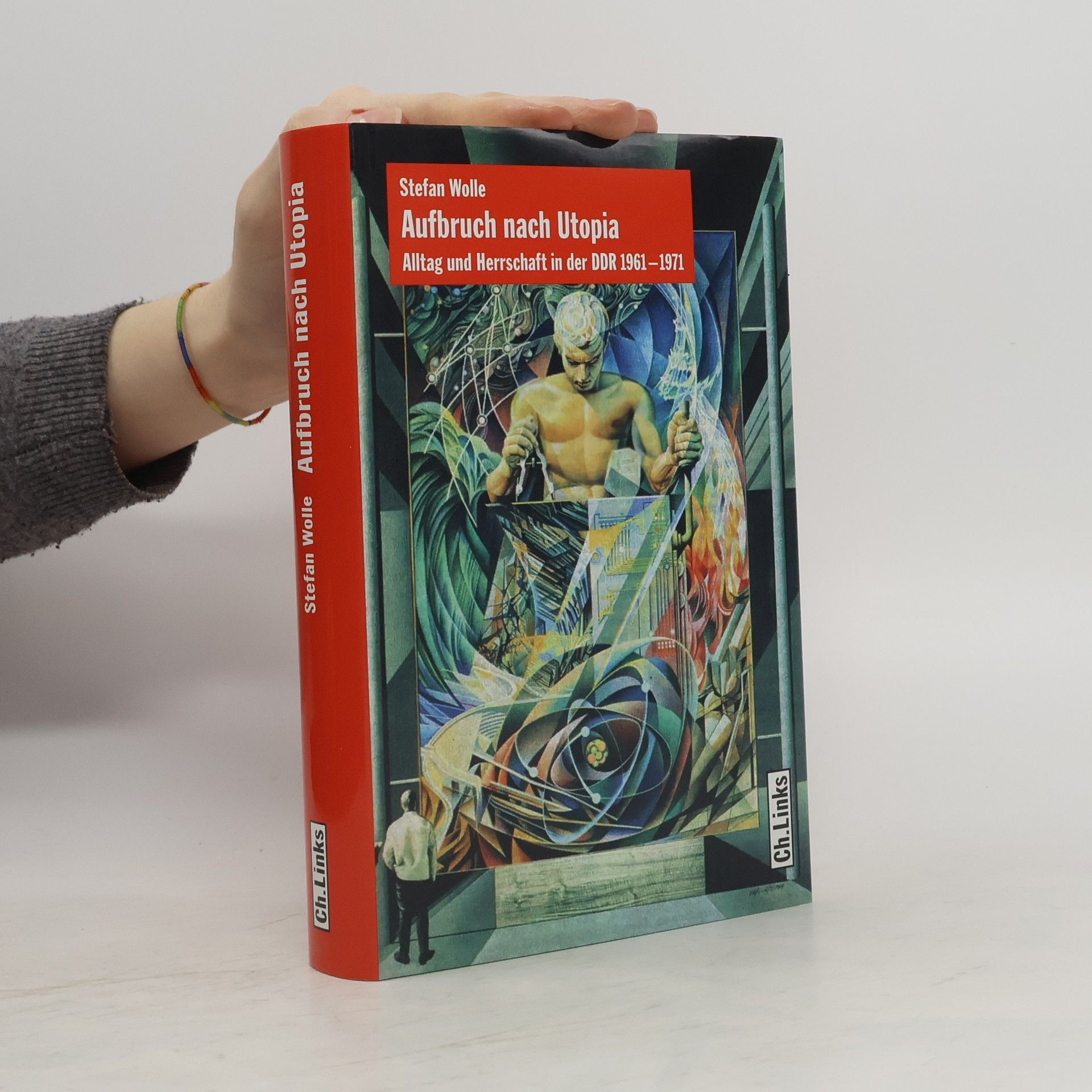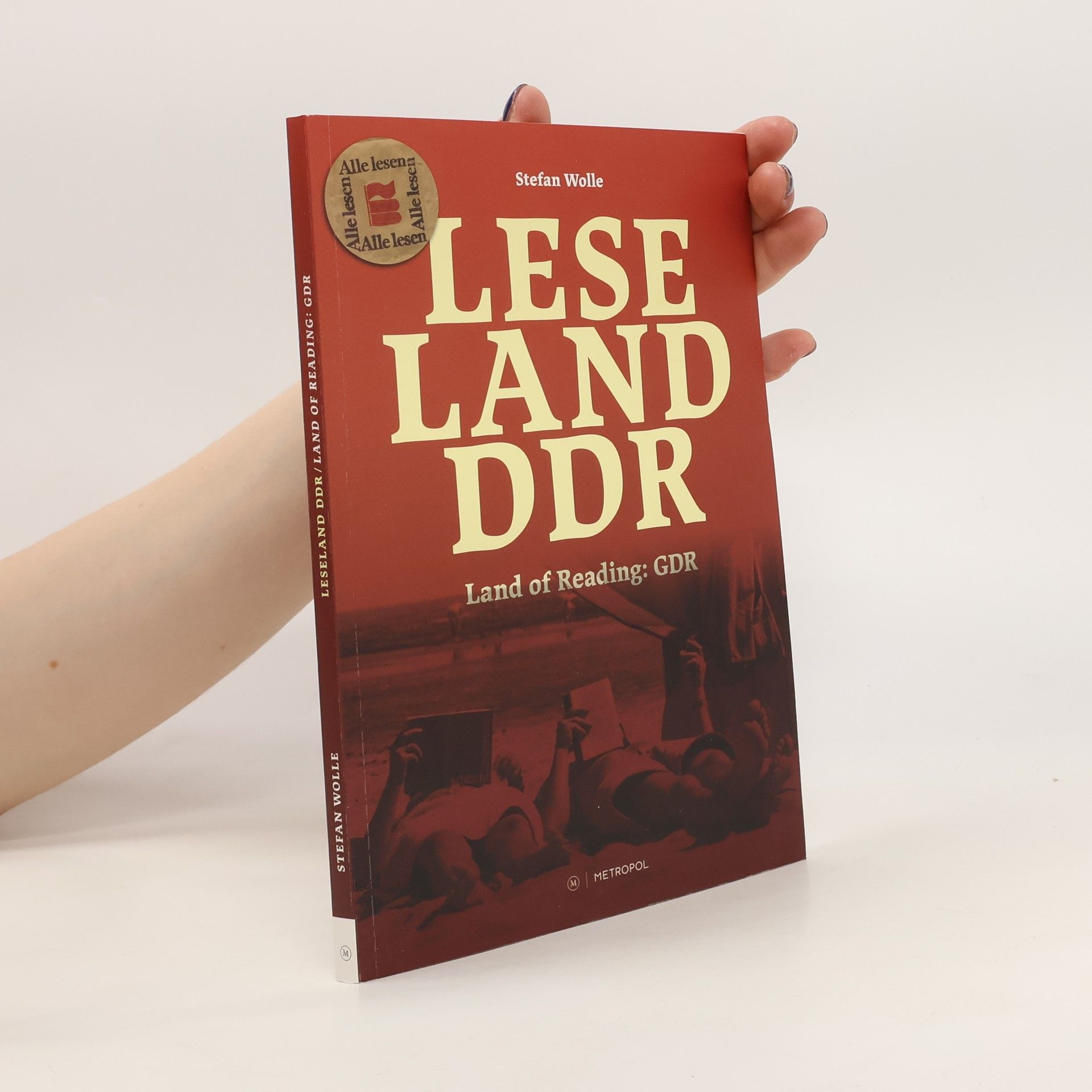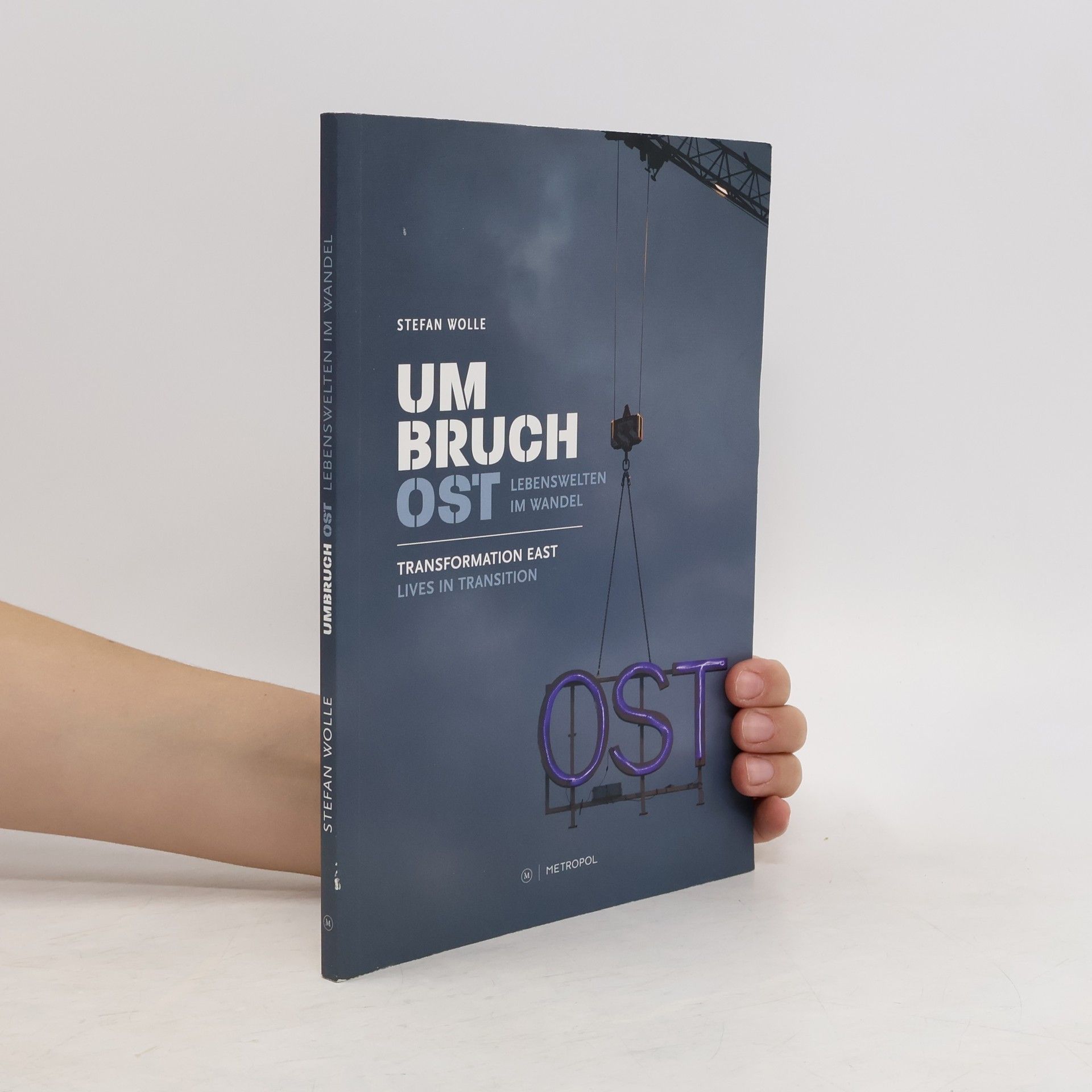Umbruch Ost / Transformation East
Lebenswelten im Wandel. Begleitband zur gleichnamigen Ausstellung / Lives in Transition. Companion volume to the eponymous exhibition






Lebenswelten im Wandel. Begleitband zur gleichnamigen Ausstellung / Lives in Transition. Companion volume to the eponymous exhibition
Begleitband zur gleichnamigen Ausstellung | Companion volume to the eponymous exhibition
The material legacy of the GDR enjoys almost cult-like veneration today. From the “Goldbroiler” restaurants and the air-cushioned lawnmower to crockery and cutlery in GDR design – all these vanished objects are from a country that no longer exists. This anthology is intended to give an impression and overview of what life looked like and how it developed during the GDR’s 40 years. It also shows what influence the party and its ideology had on people's everyday lives. The selection of about 200 objects from the most diverse areas of life demonstrates the limitations placed on people’s lives through the GDR’s economy of scarcity, but also recounts how people were still able to fulfil their wishes and dreams. In this way, a colourful and diverse picture of the reality of life in the GDR from the end of the war to the fall of the Wall is established on the basis of these objects. With the help of detailed photographs by Thorsten Heideck and Adrian Serini, as well as texts from historian
Am 13. August 1961 war alles anders, die DDR war eingemauert. Doch bot das nicht auch eine Chance? Die Sowjetunion beschloss 1961 den Aufbau des Kommunismus. Auch die DDR-Führung träumte von einem wirtschaftlichen und wissenschaftlichen Höhenflug. Dazu brauchte sie die Intelligenz und die Jugend. Die waren nicht ohne Reformen und Zugeständnisse zu gewinnen. In der Filmkunst, der Musik und Literatur taten sich erstaunliche Dinge. Doch der Geist des Aufbruchs wurde spätestens 1968 in Prag erstickt. Stefan Wolle lässt diese aufregende Zeit in all ihren hoffnungsfrohen, dramatischen, unfreiwillig komischen Facetten lebendig werden. Mit historischem Sachverstand, Witz und erzählerischer Leichtigkeit verbindet er die Analyse der Herrschaftsverhältnisse mit der Perspektive der Zeitgenossen und den Geschichten des Alltags. Das Buch schließt unmittelbar an seinen Bestseller 'Die heile Welt der Diktatur' an, über den die Hannoversche Allgemeine Zeitung schrieb: 'Historische Abhandlungen treiben ihren Lesern selten Lachtränen ins Gesicht – anders ist es bei diesem Werk.'
Der Buchtitel 'Die heile Welt der Diktatur' ist seit der Erstauflage von 1998 fast zum geflügelten Wort geworden. Die Formel kennzeichnet den Widerspruch zwischen dem scheinbar behüteten Normalleben in der DDR und der SED-Diktatur. Stefan Wolle ist es gelungen, den Gegensatz von Herrschaftsgeschichte und Alltagshistorie zu überwinden. Er erzählt von der alltäglichen Diktatur und vom diktatorischen Alltag und verdeutlicht dabei den Zusammenhang zwischen Geborgenheit und Unfreiheit. Das tut er mit Witz, Ironie, Polemik und Spaß am Erzählen.
Abschlussband der großen dreiteiligen DDR-Geschichte
Das Buch dokumentiert die Präsenz sowjetischer Truppen in Deutschland von 1945 bis 1994 und deren Rolle zwischen Ost und West. Es beleuchtet militärische und politische Entwicklungen, das Leben in Kasernen und die Beziehung zur ostdeutschen Bevölkerung, unterstützt durch geheime Dokumente, Zeitzeugenberichte, Fotos und Statistiken.
Die DDR 1968